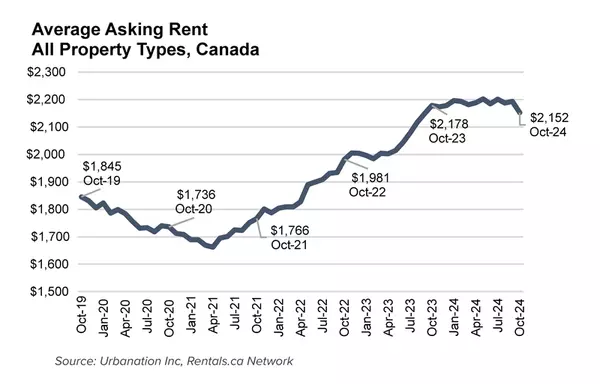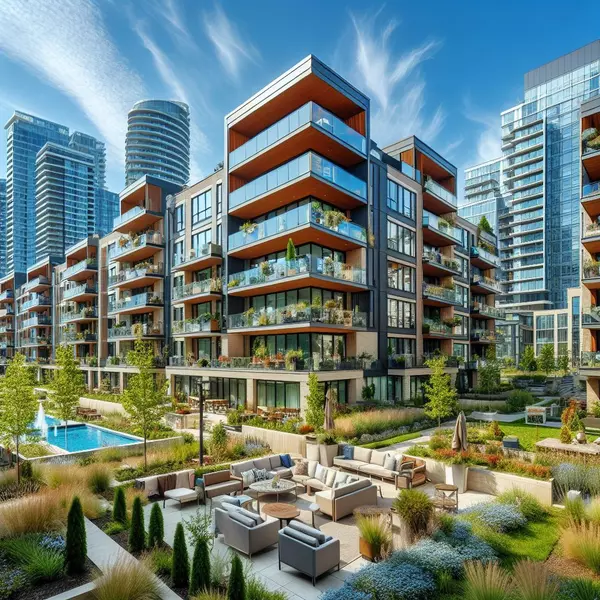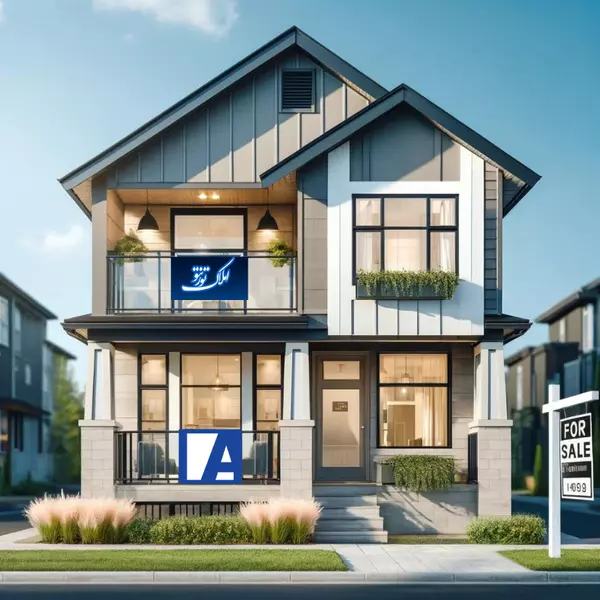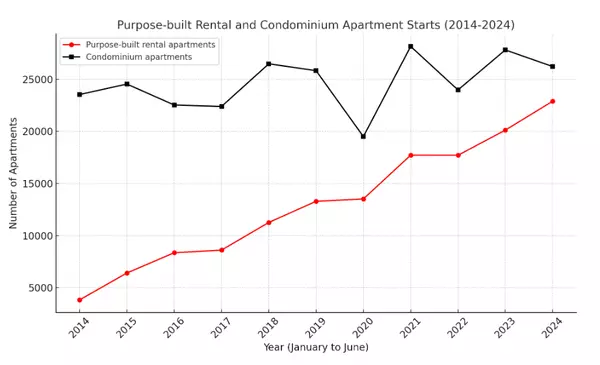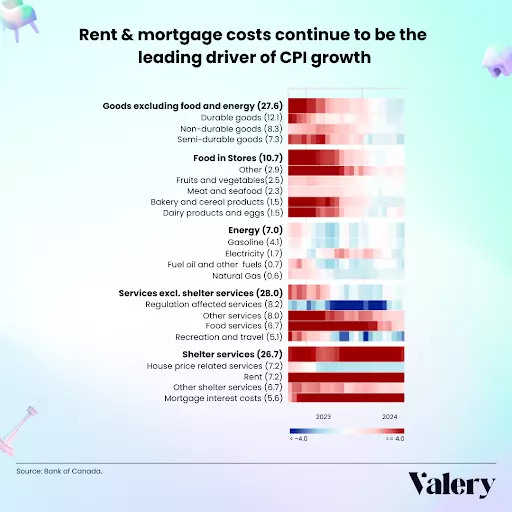
Investment in Building Construction
Statistics Canada released its monthly numbers for investment in building construction, from January 2020 through to February 2024. Residential and Non-Residential ConstructionThe investment dollars in both residential and non-residential construction generally increased from January 2020. Starting at approximately $14.2 billion in January 2020, there were peaks around mid-2021 and mid-2022, reaching over $24 billion in some months, and $17.1 billion as of February 2024. Chart: J. Gerber; Data: Statistics Canada: Table 34-10-0286-01 Investment in Building ConstructionResidentialResidential construction investments grew from $9.1 billion to 11.2 billion in February 2024. Both single dwelling and multiple dwelling construction investments experienced summer/mid-year peaks, especially in 2022.Single Dwelling Building TotalInvestments in single-dwelling buildings rose overall from around $4.2 billion in January 2020 to about $5.2 billion in February 2024.Multiple Dwelling Building TotalThe investment in multiple dwelling buildings started at approximately $5 billion in January 2020, and increased to roughly $6 billion in February 2024.Chart: J. Gerber; Data: Statistics Canada: Table 34-10-0286-01 Investment in Building ConstructionTotal Non-ResidentialNon-residential investments, encompassing industrial, commercial, and institutional or governmental buildings, demonstrated a relatively stable but gradually increasing trend. The total non-residential investment dollars started at about $5.1 billion in January 2020 and, by February 2024, reached around $6.2 billion.IndustrialInvestments in industrial buildings showed a gradual increase from approximately $929 million in January 2020 to around $1.3 billion by early 2024. CommercialCommercial investments stayed fairly stagnant, recovering from a dip in early 2020, but staying stable overall from just over $3 billion in January 2020 to just under $3 billion in February 2024.Institutional and GovernmentalInvestment in institutional and governmental buildings showed an upward trend. Starting at about $1.1 billion in January 2020, investments in this category increased to reach around $1.6 billion in early 2024.

Waterloo region developers collaborate to improve work with government and build more homes
Over a dozen developers across the Waterloo region have collaborated to advocate for policies and initiatives to facilitate new home construction across the region. The new Build Urban group represents a collective voice championing efficient land use, responsible growth and streamlined approval processes. It will work closely with municipal governments and stakeholders in the hope of overcoming barriers to construction and expediting the creation of new homes across the region. So far, this has included key policy issues, including inclusionary zoning and planning frameworks around major transit station areas, with key insights, expertise and practical solutions to affordable housing, intensification and land use planning in the consultation process. ”We are in a housing crisis and collaboration between local governments, the development industry and other stakeholders is necessary to accelerate the construction of new homes,” says Melissa Durrell, CEO of Durrell Communications and spokesperson for Build Urban. “The development industry possesses invaluable insights into the challenges and opportunities on the ground. By working together, we can find tangible solutions that address the urgent need for housing across our region.” Expected population growth means changes needed to increase homes available for residents The region’s 10-year housing target is 70,000 new homes by 2031, which will require an average of just over 7,500 annual housing starts in Kitchener, Cambridge and Waterloo for the next eight years. However, the tri-city municipalities have under 4,800 housing starts reported in 2023. The group notes that Waterloo’s expected population growth to 923,000 by 2051 means changes are needed to increase the number of homes available for residents. “Addressing the housing crisis requires an all-hands-on-deck approach,” says Durrell. “Build Urban is committed to helping the region reach these housing targets, providing expertise, evidence-based policy recommendations and support to ensure the necessary homes are built to accommodate a growing population.”
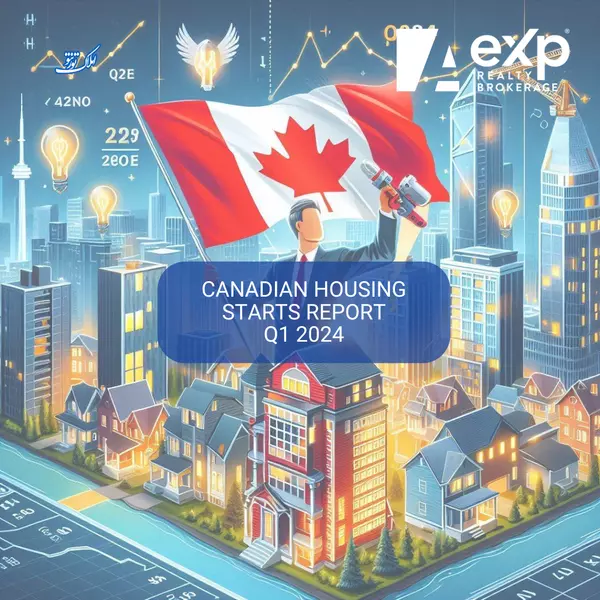
Regional New Housing Construction
A comparison of different regions across Canada shows varying trends in new housing construction. Canada as a whole, along with Ontario, BC, and Quebec, had a decrease in overall housing starts in Q1 2024 compared to Q1 2023. On the other hand, Alberta exhibited a significant increase in housing starts in Q1 2024 compared to Q1 2023, diverging from the national and Ontario trends.For semi-detached dwellings, however, Canada experienced an overall increase in starts in Q1 2024 compared to Q1 2023. Similarly, Alberta saw a remarkable increase in starts for semi-detached dwellings during this period. Ontario and BC did not follow this trend and saw slight decreases.Canada witnessed a decrease in row housing starts in Q1 2024 compared to Q1 2023. Quebec, however, demonstrated a slight increase in row dwelling starts in Q1 2024, and Alberta showed a significant increase in row dwelling starts in Q1 2024.For apartment dwellings, Canada showed a substantial increase in starts in Q1 2024 compared to Q1 2023, suggesting a potential move towards more multi-unit residential development to address housing needs.This was the one housing type which experienced an increase in starts in all of the regions compared.Overall Seasonally Adjusted Total Housing Starts (All Areas)Seasonally adjusted annual rates (SAAR) are the monthly numbers adjusted to remove normal seasonal variation, then multiplied by 12 to reflect annual levels. The trend figures are six-month moving averages of SAAR rates.Housing Starts for Single Family DwellingsHousing Starts for Apartment Dwellings
Categories
Recent Posts

